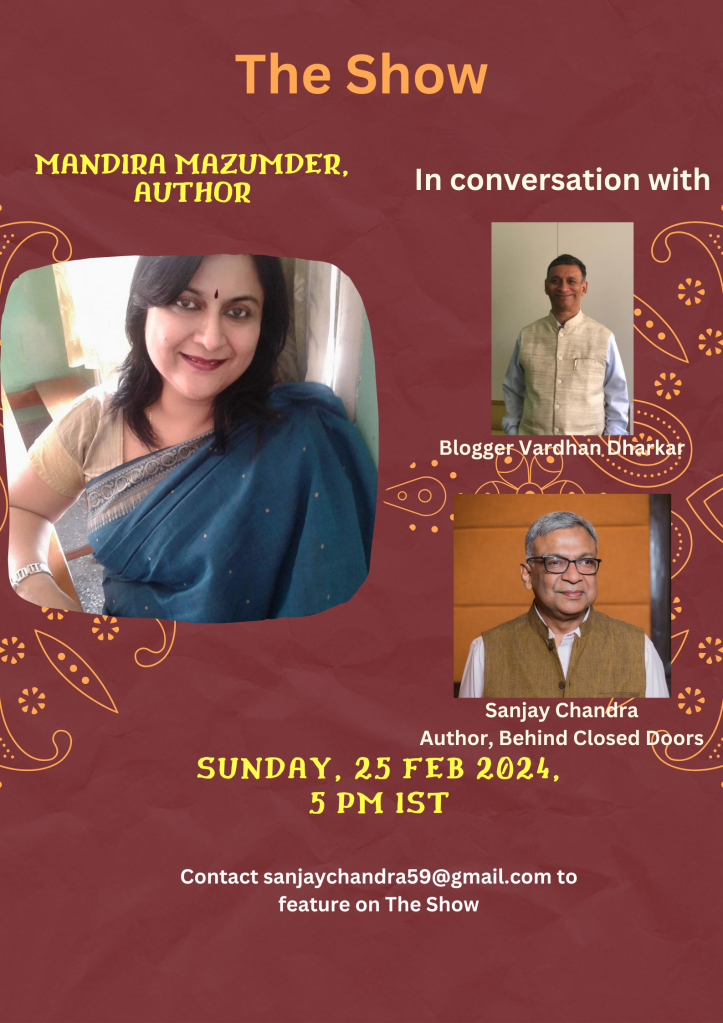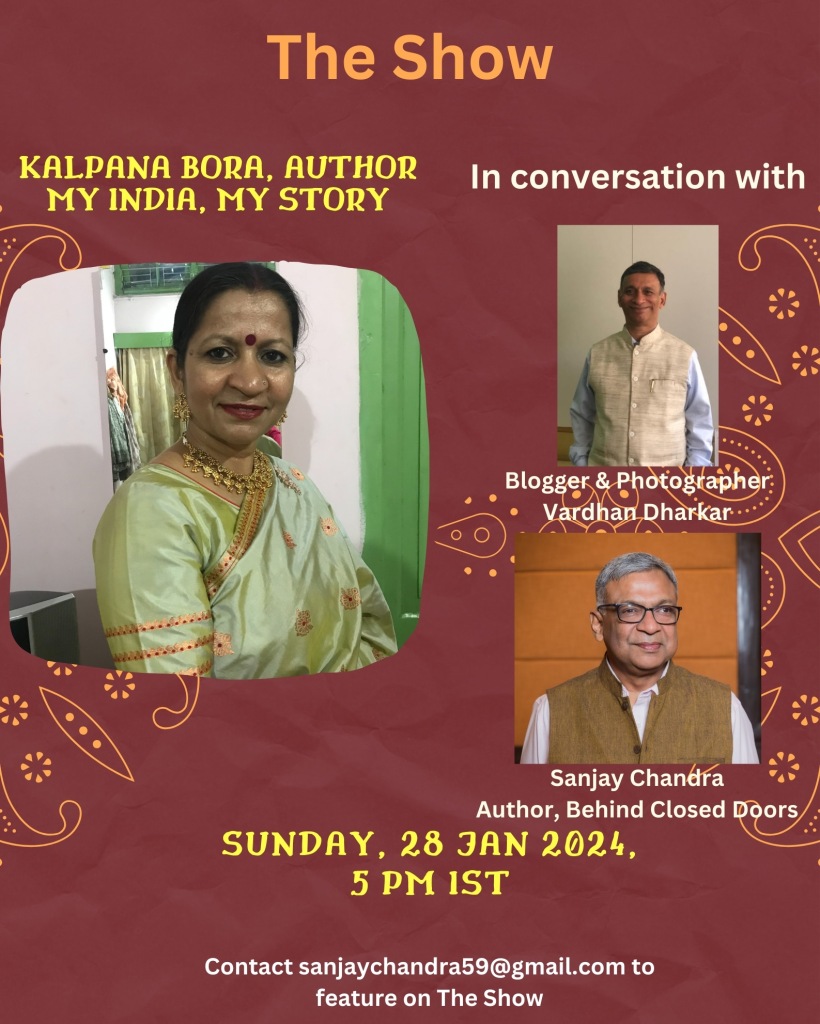Summers had arrived with a vengeance. This is the time when increasingly hotter days are interspersed with sprinkling of relatively cooler ones through dust storms, and occasionally a few drops of rain. It was one such pleasant morning, when I noticed birds flying in the sky. There were also a few eagles circling the sky in ever increasing smaller circles.
A few memories surfaced.
I had attended many rail accidents during my professional life as a railway officer. Those were not the days of remote-control operation of the four hydraulic jacks used to lift a derailed coach or wagon. Staff would stand at the four corners of the vehicle and shout out in a sing-song voice ‘hadia’ or ‘hadd’, depending upon whether he wanted the jack in his corner to be lifted or lowered or stopped. The four staff and the hydraulic jack operator would be immersed in the activity, oblivious to the climate or the environment around.
Another memory is that of labourers straining not so developed muscles while performing a hard task like lifting a heavy object all the while singing ‘dum laga ke haisha’. This ditty would make them forget the pain of exertion, and they would complete the assigned task within no time, waiting for the master to pay them a paltry sum.
These were, and continue to be, people, who fight for their sustenance every day of their lives, uncomplainingly, not only believing, but with an implicit trust in a supreme power, that they would certainly overcome some day. I have yet to meet such a person come to me with a complaint against the Supreme being.
The same way that the birds were soaring in the sky, not for an exhilarating experience. They too need to work hard for their daily sustenance. They too need to forage for their food. But they never complain. They seem happy in doing what nature has intended them to do. They too are masters of their life.
I continued contemplating. Is my life going nowhere! Am I not free to do what I want! These were only a few of the emotions flitting through my mind, making me restless.
I met a family a few years back. They had fallen on tough times due to the pandemic. They wanted their son to continue studies but did not have the resources for the school fee. They had dreams for future, which seemed distant and elusive. I am happy that my wife and I could be of some use to them. The young boy is now in the tenth standard and wants to be an astronaut.
Each day of our lives, we find ourselves slaves of our life and destiny, thrown into the cesspool of petty biases of gender, caste, creed, religion.
Lord Krishna tells Arjun in Chapter 18, Verse 63, इति ते ज्ञानमाख्यातं गुह्याद्गुह्यतरं मया।
विमृश्यैतदशेषेण यथेच्छसि तथा कुरु॥ – I have imparted you the knowledge, deliberate over it and then wisely choose the action that you want to take. Each individual has the power to choose the course of action to make a better life.
We have the power. We should, and we will change the heading of our life to Master of my Destiny! Master of my life!
About the Writer
Sanjay started his professional journey as an electrical engineer with the Indian Railways Services. But he chose to drive the course of his life in later years, leaving a secure job to join the private sector and eventually pursue his entrepreneurial dreams.
Along the way, he realised that there was a storyteller within him – every communication in his life was a story in itself! Sanjay has published three books – Behind Closed Doors, murder mystery (2023), The Gymnast, contemporary fiction (2022), and The Life and Times of a Common Man, memoirs (2019).
Sanjay now sees stories all around him. Writing has become a passion, and he has finally become a storyteller. He is also a traveller, a book lover and an amateur photographer. Sanjay also assists companies with strategy consulting and arbitration, and conducts workshops on creative writing.





